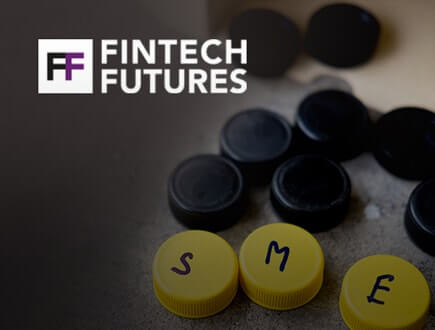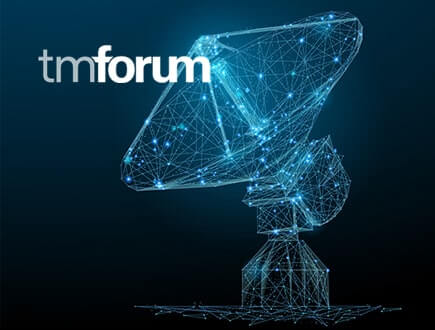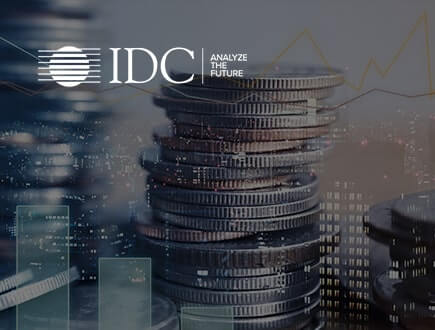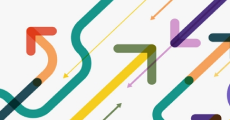Having been born and raised in India, I have had the opportunity to experience and marvel at some really quirky and very original works of design that uniquely cater to the Indian senses. From a steaming cup of 1 by 2 coffee served in South Indian restaurants (that allows you to pay for one coffee but serves two!) to the controversial marriage portal iitiimshaadi.com, which claims to unite people in matrimony, with a degree from a prestigious alma mater such as an IIT (Indian Institute of Technology) or an IIM (Indian Institute of Management), these enterprises have done their due-diligence concerning the needs and wants of their end-users and accordingly tailored their product/service. Going by their popularity, they are here to stay!
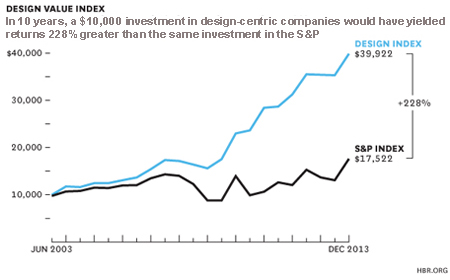
Figure: “Design Value Index” as defined and analyzed by Motiv Strategies
and Design Management Institute. (Source: Harvard Business Reviewa)
Recollecting the definition of User-Centered Design, from Wikipedia:
“User-centered design (UCD) is a framework of processes (not restricted to interfaces or technologies) in which the needs, wants, and limitations of end users of a product, service or process are given extensive attention at each stage of the design process.”
User-centered design tries to optimize the product /service/process around how users can, want, or need to use them.
To be noted in this definition is the fact that the end-users could be of a Product, Service or Process…and perhaps going forward, would include the entire ecosystem, given the availability of information and digitalization.This methodology of design is very different from designing to certain specifications handed to you.Here, you literally spend time in the end-user environment, understanding and relating to how and why the end-user would need your product/process/service and involve the end-user on an equal footing in the design and feedback mechanisms iteratively, to come out with an offering that is meaningful in the end-user context.
Let’s look at a few examples of user-centered design applied in each of these contexts in the Indian scenario:
-
Product: Tally Solutions – an accounting software that was originally built in 1986 by Bharat Goenka for the express purpose of addressing the accounting needs of a textile businessman in India (his father), has evolved significantly since, into a full-scale ERP platform servicing the needs of the SMB sector in India, with an aim of reaching 8 million customers this year. The principles of UCD that clearly stand-out in this scenario are:
- Empathy for the end-user – Given this software was being designed for his father, who had a specific need and was very involved with the feedback mechanism, it was easier to understand and empathise with the end-user profile and concentrate on the highest priority goals and needs of the specific user. As per Cooper et al. (2007), “It is better to design specifically for one person than vaguely for everyone”.
- Focus – At a time when services businesses were doing really well in India, Tally’s founders decided to stay focused on the product-line, with a powerful mission statement of wanting to change the way millions of people did business in India in the SMB sector. They kept adding features by the year and expanded the product to do more than just accounting.
- Mapping to the Culture & Context – They realized early on that while ‘Cloud technology’ could make the software cheaper, faster and more accessible, the Indian SME business (the buyer) was as yet not ready for this. Indian businesses still expected someone to go to their doorstep and do the sales of the product. Consequently, the company focused extensively on their channel partner program comprising more than 30K partners. They launched a framework called “Vriddhi” in 2015, creating an expansive “ecosystem” to deliver better end-user experiences.
- Process: Mumbai’s Dabbawalas, the 125 year old lunch delivery service system with an error rate of one in six million deliveries has got widespread recognition in documentaries and case-studies. They collect hot, home-made food in lunch boxes from the residences of workers and deliver these lunches to their workplaces across the city. My fascination is with the simplicity of their supply-chain process and how well they have adapted it to the Indian conditions and senses. Using cost-effective ways, from the use of bicycles to public trains, the process design has been fine-tuned over the years to perfectly meet the end-user need: on-time delivery of home-made food at the workplace every working day. The immense trust they earn from their end-users is no doubt a tangible by-product!
-
Service: BigBasket, an Indian online grocery provider founded in 2011 is valued at a billion dollars today. Their focus is on:
- Customer satisfaction (99.3% on-time delivery and 99.5% order fill rate, along with a no-inquiry customer return policy)
- Offering variety (15,000 SKUs at a given time)
- Continuous innovation through technology (60% orders are through their Mobile App, predictive analytics to reduce order time, express delivery within an hour through innovations in logistics etc.)
They have understood their market and seem to have done the segmentation of their end-user groups pretty well, focusing on an urban lifestyle and tier-1 cities in India to begin with. Grocery shopping is typically repetitive and not an activity people like to invest too much time into, given a choice. Add to it the convenience and the quality of hand-picked grocery from a local supermarket, and you have a service that is extremely desirable! Armed with the feedback they received from user-groups in 2 cities, they expanded to 27 cities and are now venturing into tier-2 cities. Their services seem to have the right formula, satisfying a very specific end-user need.
These examples bring out two key characteristics of user-centered design:
- Strong “emotional connections”
- Standardization with Customization
The emotional connection with the end-users is a must-have and can be achieved in several ways. To start with, a powerful mission statement that your employees believe in and live by, goes a long way in delivering better end-user experiences. Another powerful tool is the end-user context. It answers the question: What situation has prompted the need for my product/service/process? Gathering user context to understand their habits and behaviour more deeply, is easier today with Big Data and real-time data correlation capabilities. Your IT team would need to play an active part in shaping your end-user experience through real data points. Better omnichannel experiences can be achieved if you plan a context-aware design for your product/service/process.
On point 2. above, while the end-user today has unprecedented power to create and shape the object that he uses, be it in design or functionality, there are a set of standard features that the product/service or process should contain, out-of-the-box, to cater to the basic needs that it is meant to accomplish. So while customization and personalization of a product/service or process is essential, not every aspect can be made customizable. The fundamental expectations have to be met through a standardized feature-list (e.g. the fundamental functionality of a mobile phone, making and receiving calls, should be accessible via a fairly standardized interface), with the allowance for further customizations / personalization (display settings, cover etc.). You can decide how much and how important a role you want customization to play in your offering to the end-users, depending on the context.
To conclude, user-centered design in the Indian context (interpreting user needs into requirements, understanding whether someone’s opinion maybe important to consider etc.) to achieve a balanced offering, to me remains half art and half science! You can be as creative as your design thinking allows you to be, as long as you completely empathize with the end-user. Yoga services to levitate through Bangalore traffic…anyone?
About the Author
 Shuba Sridhar - Shuba works as the Vice President, Strategic Initiatives at Torry Harris Business Solutions. She addresses the planning and growth divisions within the company and assists with translating customer business needs in core focus areas, namely: API, Cloud, Mobility and Digital Enablement.
Shuba Sridhar - Shuba works as the Vice President, Strategic Initiatives at Torry Harris Business Solutions. She addresses the planning and growth divisions within the company and assists with translating customer business needs in core focus areas, namely: API, Cloud, Mobility and Digital Enablement.
Whitepaper



Analyst Speak

(THIS) has been cited among notable vendors by Forrester Research in its report ‘The API Management Software Landscape, Q1 2024’. The report recognizes Torry Harris as a provider offering API management solutions with a geographic focus in the EMEA & APAC regions.

Forrester observes that the initial rush to “lift and shift” to the cloud has now been replaced by a focus on modernization and digital transformation. Cloud migration is the first step in a long journey to take advantage of the latest cloud-native technologies and services.

Torry Harris is a 'Strong Performer' in The Q3 2022 Forrester Wave™ for API Management Solutions. This report shows how each provider measures up and helps technology architecture and delivery (TAD) professionals select the right one for their needs.
Past Webinars
